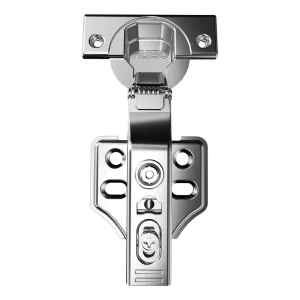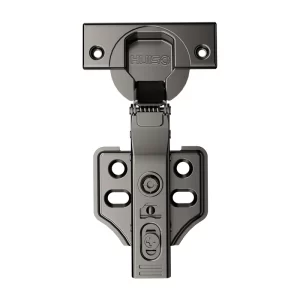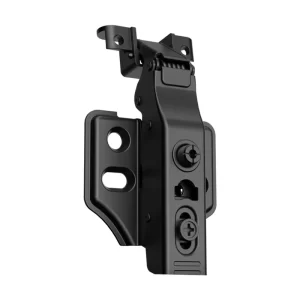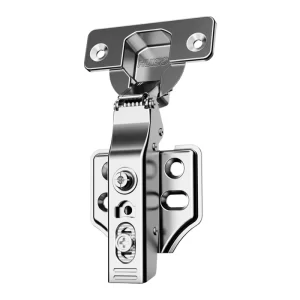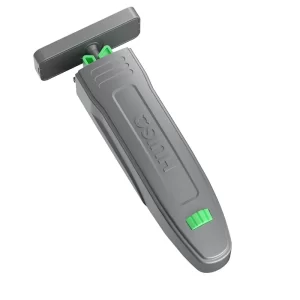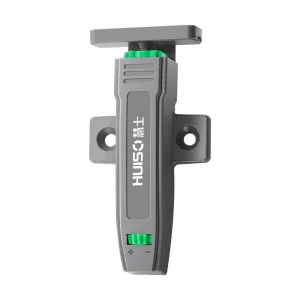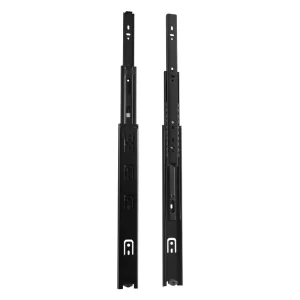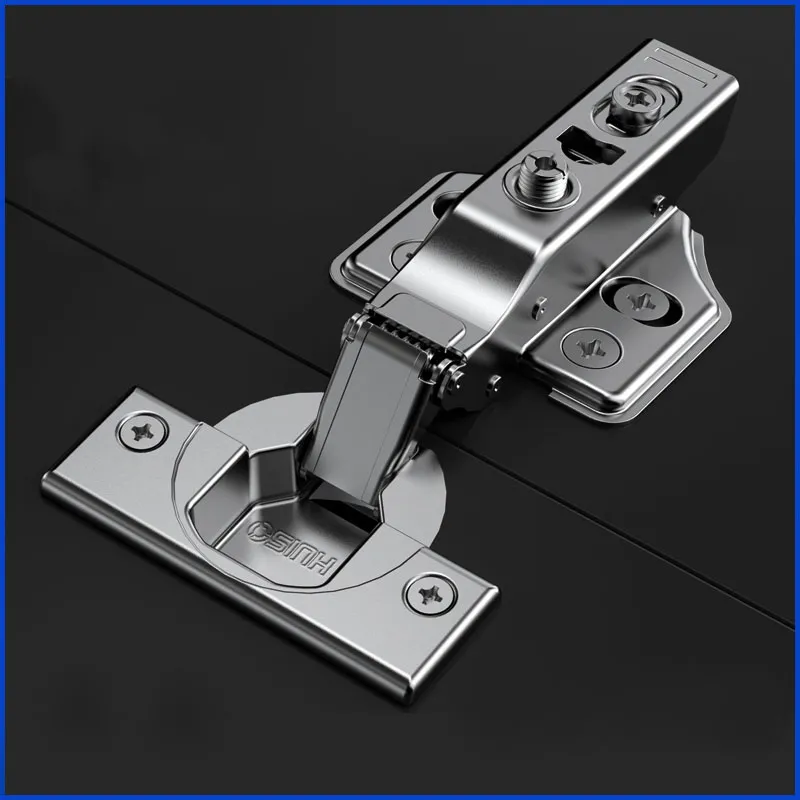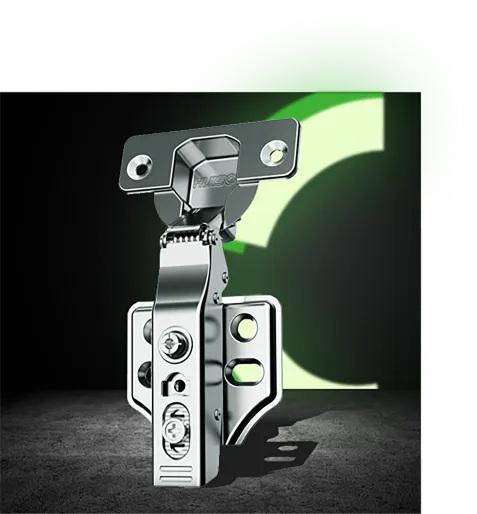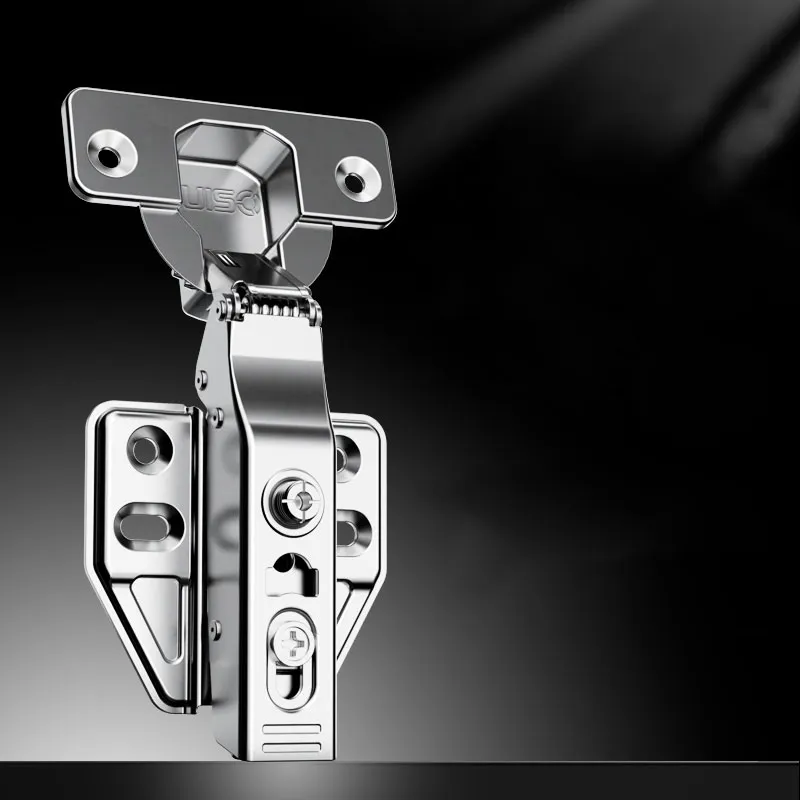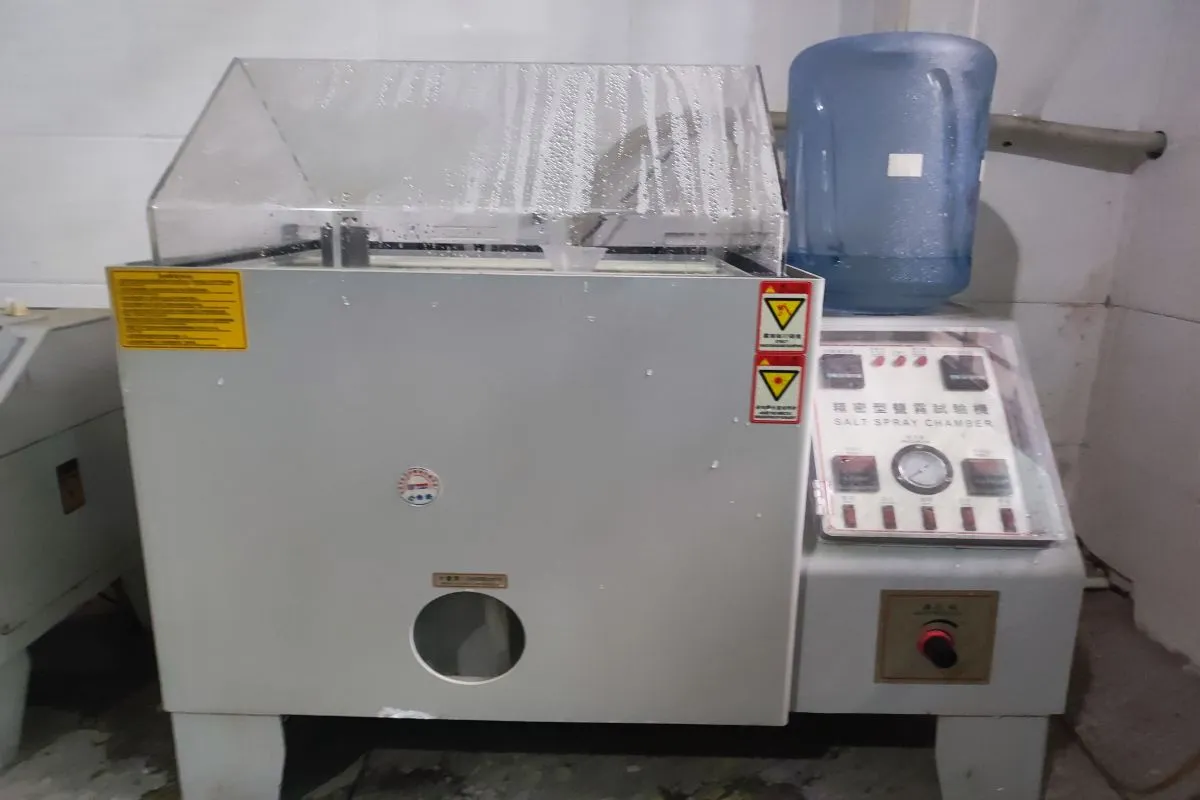Introduction
In the course of our daily activities, opening and closing, storage, and the user interface of furniture all depend heavily on the functionality of its hinges. Whether a cabinet door, wardrobe door, or even office furniture, the stability and smoothness of the hinges directly impact the lifespan and safety of the furniture. But most neglect aging or hanging damage until the furniture door begins to loosen, make odd noises, or even comes loose, realizing how bad the situation is only when it happens.
In fact, speedy replacement of damaged or worn-out furniture hinges not only increases the lifespan of your furniture but also protects you from potential safety hazards. In this post, we will cover five obvious indications that your furniture hinges need to be replaced, along with professional detection tips and maintenance tips to help you take action before the problem becomes a major issue.
Sign 1: Furniture Doors Won’t Close Properly or Are Misaligned
When you realize that a furniture door won’t close completely or is outwardly off-center to the left and right, this is typically the first sign that the furniture hinges have become loose or worn. With continued usage over time, screws within hinges can gradually loosen themselves due to repeated opening and closing, leading to door panel misalignment. Repeated use not only affects appearance but can also lead to additional stress on the door panel and cabinet, spreading screw holes or wood cracking.
For example, a technician who performs kitchen cabinet furniture repairs found that over 90% of door panel misalignments were caused by loose furniture hinge screws or worn support pins.
Recommendations:
- Tighten the hinge screws every now and then using a screwdriver.
- If the door panel still fails to return to its original state, the inner part of the hinge is deteriorating and should be replaced with the same model hinge or heavy-load-bearing hinge.
- For multi-layer cabinets or heavy door panels, utilize cushioned furniture hinges to evenly distribute the pressure and provide stability.
Sign 2: Unusual noise or resistance when opening and closing
In case you notice a rough “squeaking” sound or feel increased resistance when opening and closing a cabinet door, then this is generally indicative of some problem with the lubrication shaft or mechanism of the furniture hinges. Hinges roughen up over time. In the absence of regular lubrication, the metal-hinge friction would generate noise and even cause localized rust.
According to the Home Maintenance Association, approximately 65% of creaking furniture is caused by deformed or dry hinge shafts. Hinges made of metal tend to rust and oxidize in moisture, such as bathrooms and kitchen areas, and can become difficult to slide smoothly.
Solution:
- If the creaking is mild, try using a specific lubricant (e.g., silicone spray).
- If the noise persists even after lubrication, replace the furniture hinges with a corrosion-resistant material, e.g., stainless steel or nickel-plated.
- Avoid using industrial oil or butter as these greases pick up dust and enhance wear.
Sign 3: Door Panel Automatically Droops or Will Not Hold Open
If a cabinet door won’t stay open or sag considerably when opened, this usually indicates the spring mechanism or support arms of the furniture hinges have failed. New soft-close hinges will often use integral springs to control the close angle, but these springs weaken as they age and no longer provide sufficient support.
For example, a customer complained that his bedroom closet door would gradually open each time it was opened and eventually no longer be able to keep it open. When examined, the springs in the original furniture hinges had deformed and were worn out, tipping the weight of the door towards one side.
Strategies:
- Check the hinges for looseness or deformation of the screw holes;
- In the event the spring mechanism is deteriorating, replace the hinges at once.
- When dealing with large wardrobes or cabinets, it’s recommended to use furniture hinges with multiple load points such that the door panel is firm at any angle;
- Periodically inspect the spring return force, especially in heavily loaded furniture.
Sign 4: Rust, Cracks, or Structural Damage on the Hinge Surface
Aging appearance is a significant sign of whether the hinges on the furniture need to be replaced. You can observe that the surface of the hinge is starting to become black, rusty, or even develop fine cracks, which is a sign of oxidation or fatigue damage. In coastal areas or high-humidity areas, airborne salt will catalyze metal corrosion, and in extreme conditions, the hinge will crack and detach.
Statistics show that the common iron hinges’ lifespan in wet conditions is just 2–3 years, while furniture hinges from rust-resistant coatings or stainless steel may last 5–8 years.
Maintenance Tips:
- Clean the surface of the hinge regularly and dry it out.
- Clean them indirectly with water; rather, use a dry cloth or alcohol wipes.
- Where there are visible cracks or peeling, replace immediately to prevent damage or injury from instant detachment of the door panel.
- Electroplated or stainless steel furniture hinges that are moisture-resistant are recommended for furniture in bathroom and kitchen.
Sign 5: Cabinet Doors Wobble, Are Out of Position, or Open at Unstable Angles
If your cabinet doors sag when opening and closing, or refuse to maintain the set angle, usually it is because the furniture hinges have become loose. This is particularly common in weight-bearing pieces, like multi-level sideboards, bookcases, or filing cabinets. The permanent load on the hinges can loosen the screw holes or crack them.
For example, in an experiment to measure office furniture durability, filing cabinets with standard hinges had a nearly 40% door panel wobble rise following 5,000 cycles of opening and closing. But the samples that were fitted with robust furniture hinges showed barely any detectable loosening.
Solutions:
- Check for slipped screw threads or enlarged holes.
- Try the application of wood glue to seal loose holes and screw back.
- If the door still wobbles, replace it with more stable three-dimensional adjustable furniture hinges.
- On large furniture, it is recommended to utilize a multi-point fixing structure to maximize load distribution.
Conclusion
Though they are small in length, furniture hinges are very important pieces of furniture that cannot be overlooked. Looseness, strange sounds, rust, or misalignment are all indicators that they require immediate checking or replacement. Overlooking these initial signs can result in damage to the furniture and even pose safety risks. Proper maintenance and the right choice of materials and models will not only make your furniture last longer, but they will also ensure a clean and safe household.
Changing old furniture hinges is a mark of care for your furniture and your way of life.
About Huiso Hardware
Quincaillerie Huiso is a hardware manufacturing company specializing in researching, developing, and producing high-quality hinges and slides. With sophisticated automated production facilities and a rigorous quality control system, our product offerings include furniture hinges, drawer slides, soft-close systems, and so forth.
In addition to OEM/ODM customization services, Quincaillerie Huiso offers global customers wholesale supply and technical consulting services. For a new house, company, or customized furniture program, Huiso Hardware provides customers with stable, durable, and stunning hardware solutions, enabling customers to have a more convenient and comfortable furniture experience.
Produits apparentés
-
Bulk Silent Close Hinges For Furniture Three-stage Force -HT5
-
Charnières de vitrine sur mesure Charnière à angle zéro triple force-HT5-H
-
Wholesale Door Hinges Suitable for Aluminum Frame Doors (Charnières de porte pour portes à cadre en aluminium)
-
Wholesale Wardrobe Hinges Positioning Two-stage Hinge-HT1

